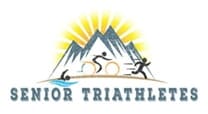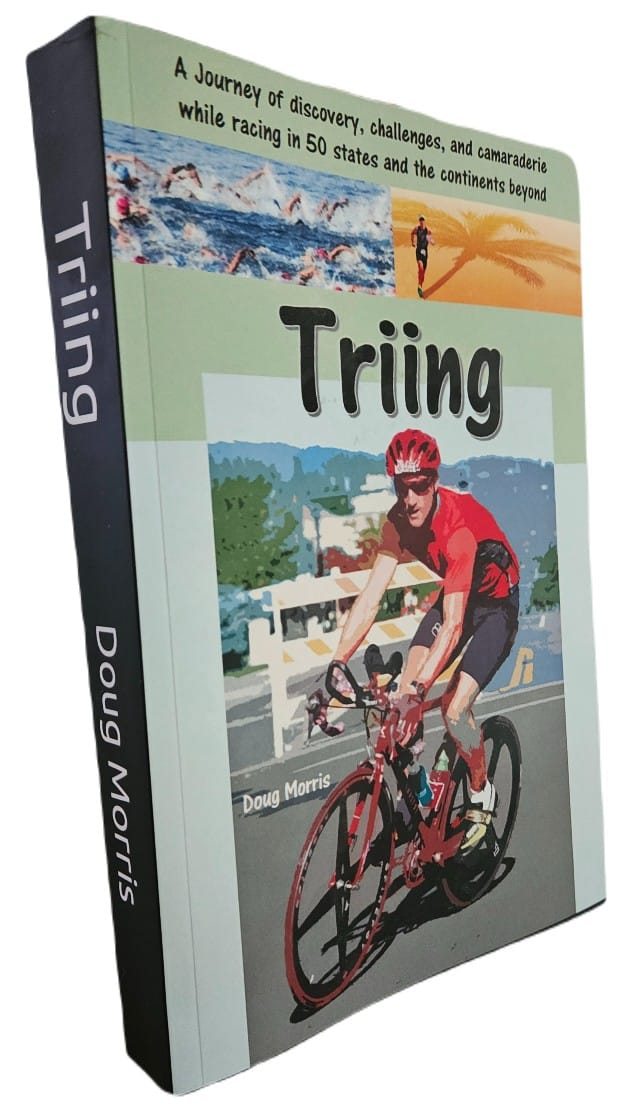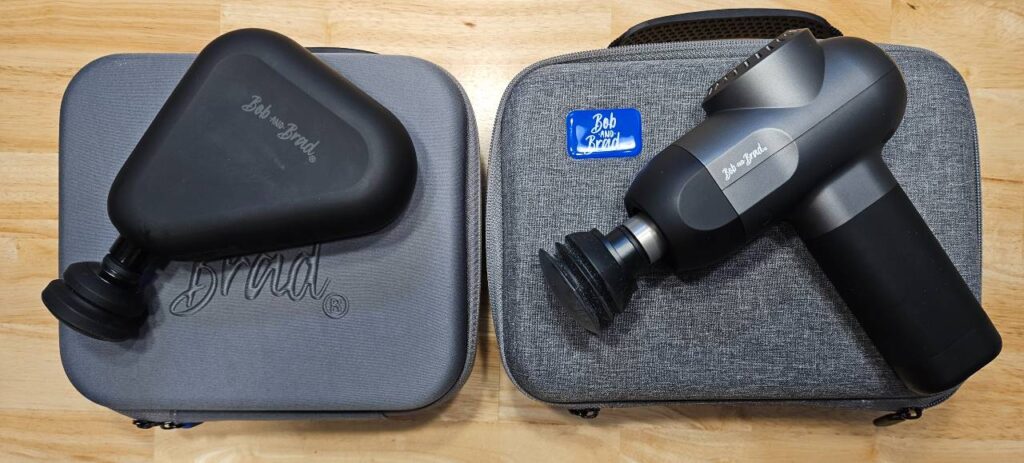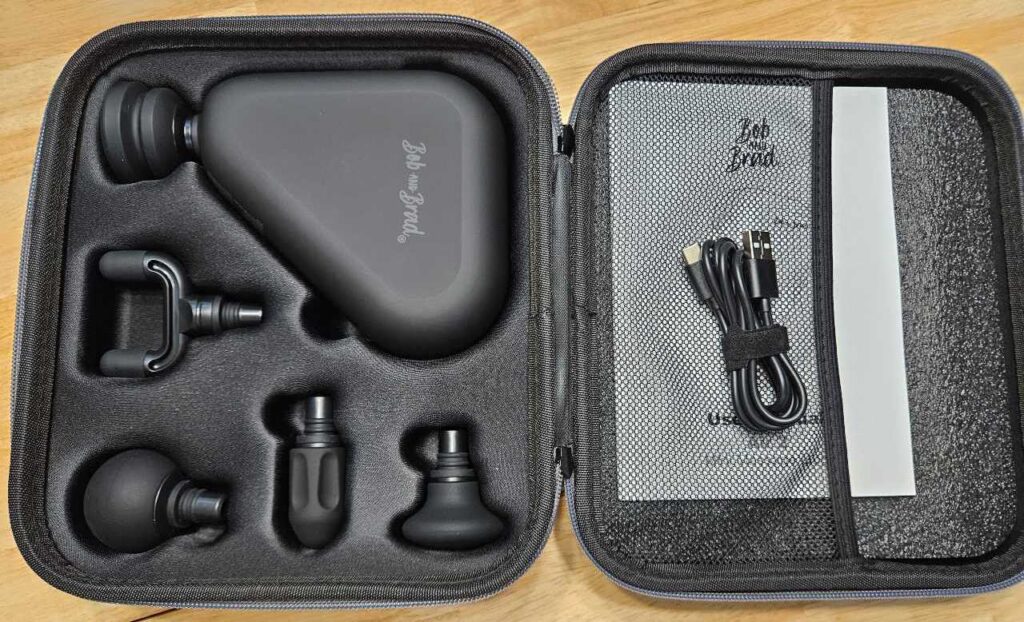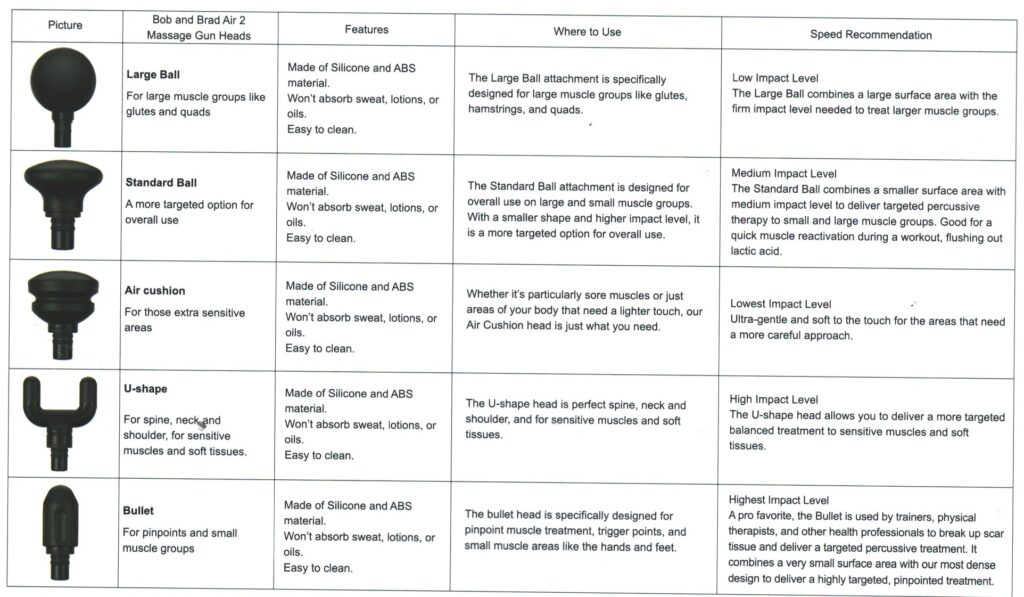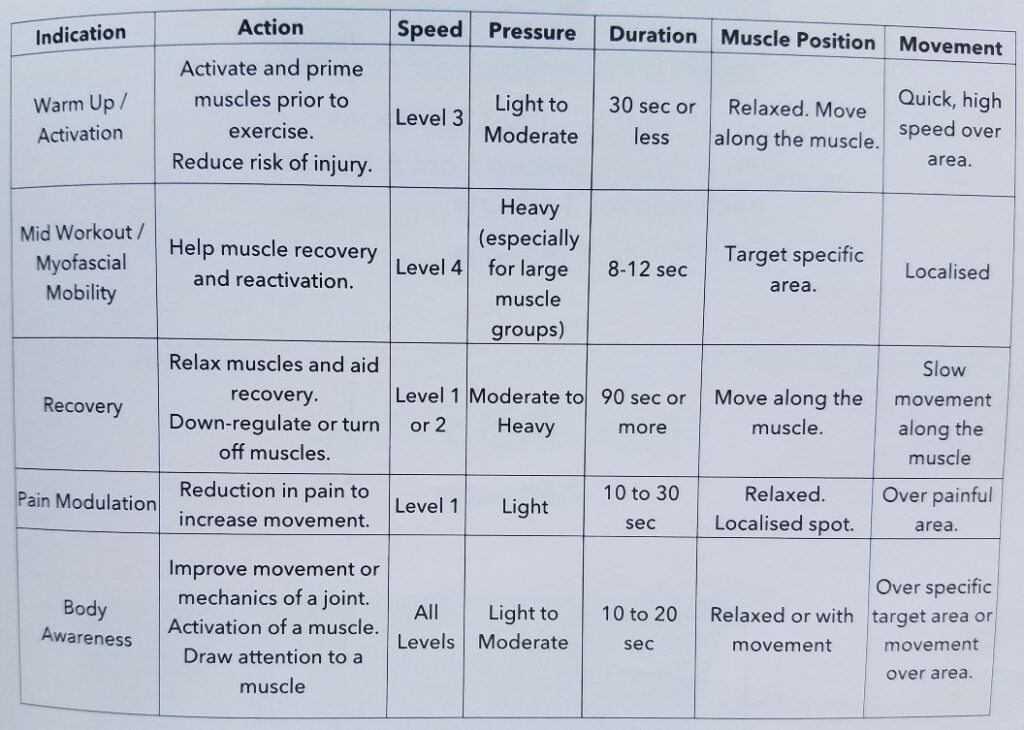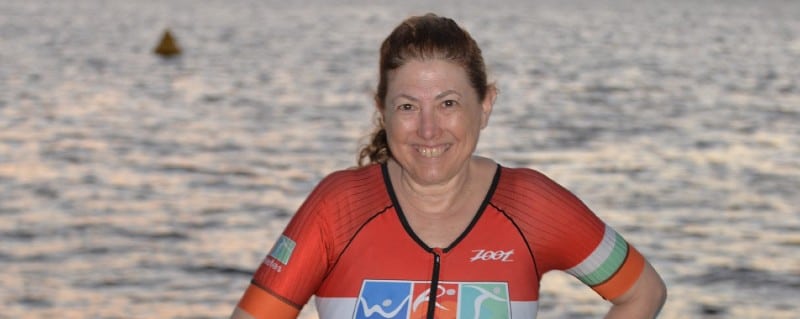Book Review: Triing by Senior Triathlete Doug Morris
Between 1986 and early 2016, Doug Morris did 168 triathlons in the 50 states of the USA and on six continents. Doug’s story, Triing, is full of practical lessons about the sport of triathlon around the world. It also shows how he juggled family life, work, and triathlon training and racing throughout what he termed the “Journey.”
Following are my key takeaways from reading Triing: A Journey of discovery, challenges, and camaraderie while racing in 50 states and the continents beyond.
About the Author
As a boy growing up in rural Indiana, Doug Morris raced imaginary competitors on a mock racecourse filled with obstacles. It was here that he began to hone his self-identified competitive Type A personality. This early interest in racing blossomed into competitive running while studying at Indiana University. Here, Doug specialized in 800 meter racing, including at several national championships. However, that was still just the beginning as he continued racing for the next seven years after graduating.
Then, in 1986, Doug’s girlfriend and now wife of over 35 years, Chris, suggested they do their first triathlon, an Olympic distance race in Chicago, Illinois. A couple of years passed before his next triathlon, after which he completed about one race per year. As the triathlon bug grew within a competitive host, Doug soon set new goals. Among the first was to qualify for and race in the IRONMAN World Championships in Kona, Hawaii.
“A finisher may sport a tattoo, but whether she raced in a full-distance race or any other triathlon, she will forever be a triathlete after the first race.” – Doug Morris in Triing
In the meantime, Doug and Chris married and had two daughters. Both girls were born with an extremely rare neurodevelopmental disorder, alternating hemiplegia of childhood (AHC). Doug’s work provided the family with the opportunity to live in various places in the United States and in Thailand.
Triathlon training and racing continued to be an integral part of Doug’s life. Training was his form of stress relief. And when the stress was gone, he persevered long, difficult, and sometimes dangerous training sessions. Still, through challenges of many kinds, he stayed true to his race day mantra, “I chose to be a competitor instead of a spectator”. The reward was awesome results, including first place overall and age-group finishes in short and long course triathlons.
What I Learned From Reading Doug’s Story
Through Doug’s description of his triathlons, I learned about various places around the United States and in ten countries on six of the seven continents of the world. Some places I had visited before, some even for a triathlon. Still, I appreciated Doug’s perspective on the people he met, food he ate, places he and his family members visited, and their experiences. It was especially interesting to learn about racing in significantly different cultures, especially those of Thailand, Australia, and South Africa.
Triing highlights the special importance of mental toughness for longer triathlons. It was also inspiring to read the demonstrations of camaraderie, especially among “middle to back-of-the-packers”, who shared their resources with each other during races so they could all take home a finisher medal.
Doug also confirmed an observation I made during my triathlon career, that not everyone, especially some bosses, appreciated his love of triathlon.

What I Especially Enjoyed About Triing by Doug Morris
Throughout this book, I enjoyed seeing how Doug integrated triathlon into both his family life and career. Early on, Doug’s two young daughters joined him on training rides, seated in a trailer towed by his bike. Later, his daughters’ knowledge of triathlon grew as they accompanied him to races.
For many triathlons, one or more family members joined Doug while traveling to a new part of the country or world. While Doug raced, they often volunteered and always encouraged other racers. Through such experiences, Doug watched his daughters mature.
Doug credits Chris for his success. First, she managed the home while he was training and racing. But she also provided much-needed encouragement, notably when he was on the verge of quitting.
After taking a year off from racing following a career-related blow, Chris told Doug, “It’s time to signup and race, or you’ll be a bitter, miserable middle-aged man regretting a missed opportunity.” That was the end of his sabbatical from triathlon, and when he went all-in to complete the Journey.
Triathlon Mimics Life
Doug also documents the connections between triathlon and his career. I enjoyed reading how Doug took lessons from training and racing into the office and his work. Sometimes, he also found lessons from college and work influencing his training.
Since the story begins with Doug’s first triathlon through completing the 50-state and six continent Journey, you will also see how he changed physically, mentally, and emotionally. I appreciated the many people along this path who influenced, pushed, and even inspired him.
Here is one example. In what appeared to be his most difficult triathlon, when he was barely able to keep going, a woman ran by him and said, “You did not come all this way here to walk.” He agreed and finished the last 10 km of the race.
I also appreciated that he stayed true to following the rules, even when competitors did not. This was especially evident is his description of some non-draft legal triathlons in which many of his competitors ignored the no drafting rule. Doug was both competitive and, in most races, a contender for a spot on the podium. Following the rules when others weren’t could cost him. Still, he followed them.
For Whom Is This a Must-Read
Given the number of triathlons documented, anyone interested in an in-depth view of triathlon, the triathlete’s mind, and the challenges and rewards of the sport will find Doug’s story interesting and inspiring. However, in particular, anyone with aspirations for long course (70.3 or 140.6) triathlon ought to read Triing. You will learn of issues that seldom or never come into play for shorter races. You will also see how his training schedule adjusted based on the upcoming schedule of races and their distances.
For a sport in which there are an inordinately high number of ways to spend a lot of money, Doug’s insights are also worth considering.
What I Would Have Liked to Learn More About
In a few locations, Doug mentions triathlon coaches. Some provide value commensurate with their cost. Still, others are not as good. As a triathlete who has never hired a coach, I would have liked to read what he learned about how to spot a good coach and know when to make a change.
Want to Buy Triing?
If you want to purchase a copy of the book, please consider using my Amazon affiliate link. With this purchase, I earn a small commission that helps cover the costs of maintaining and growing SeniorTriathletes.com.
Doug Morris also recently released an audiobook version which can be purchased at Triing: A Journey of discovery, challenges, and camaraderie while racing in 50 states and the continents beyond by Doug Morris – Audiobooks on Google Play.
Share Your Questions and Comments With Doug Morris
Do you have questions or comments for Doug? Please leave them below and I will make sure he gets them.
Comments: Please note that I review all comments before they are posted. You will be notified by email when your comment is approved. Even if you do not submit a comment, you may subscribe to be notified when a comment is published.
